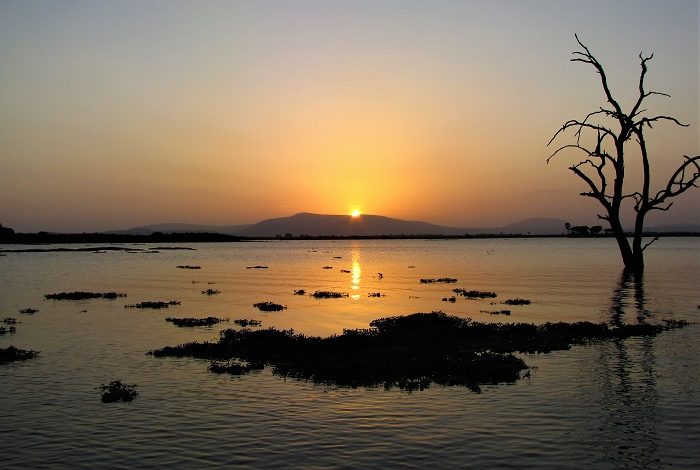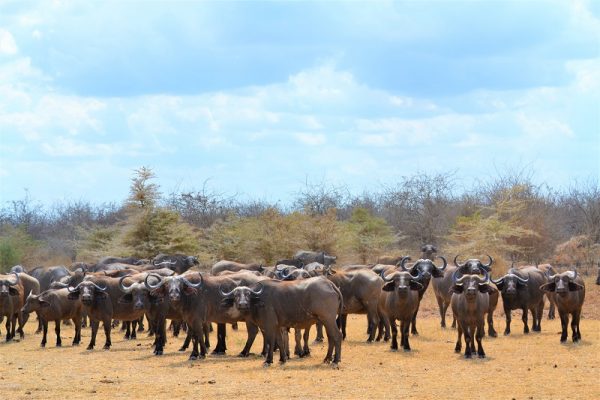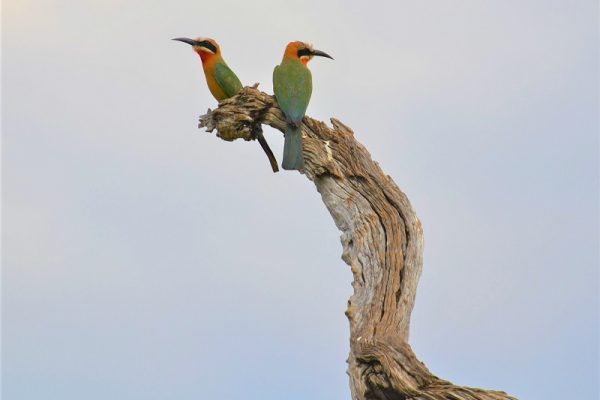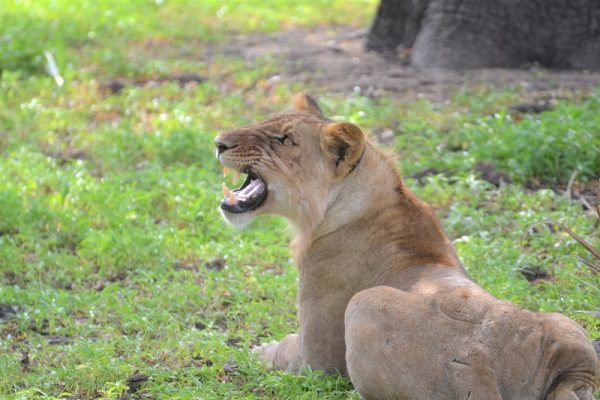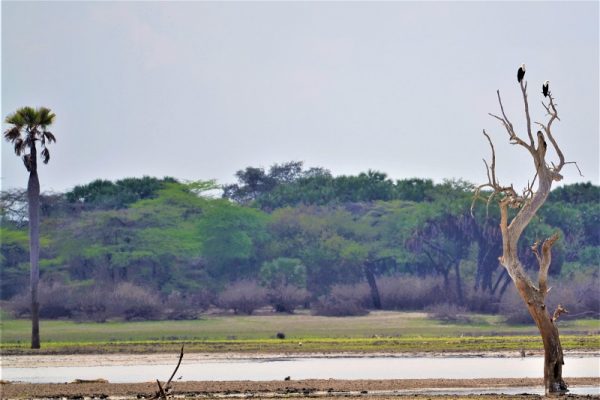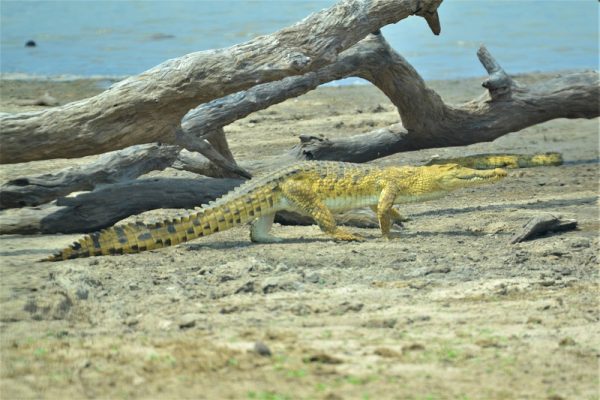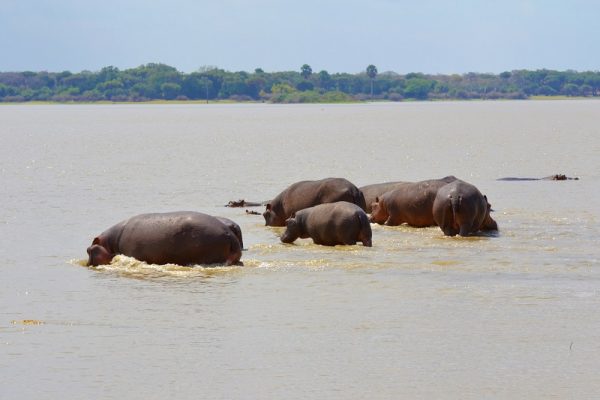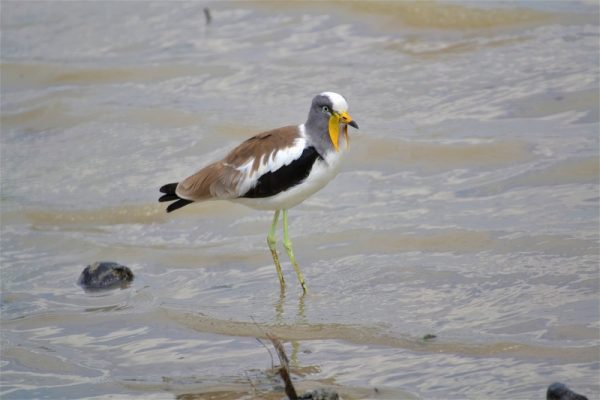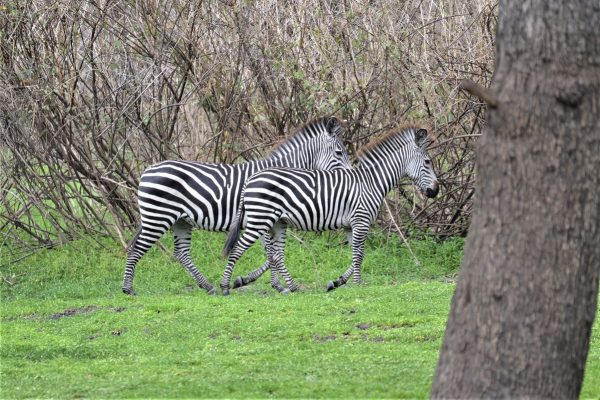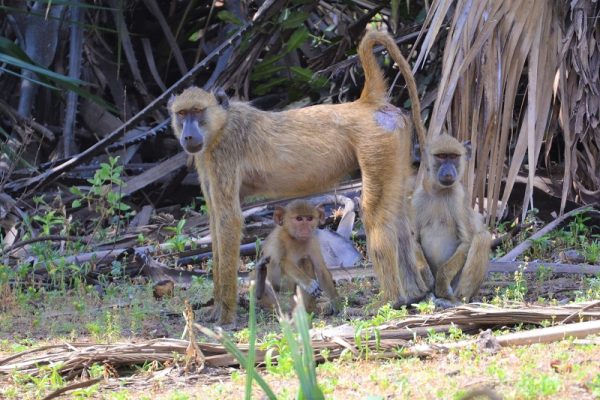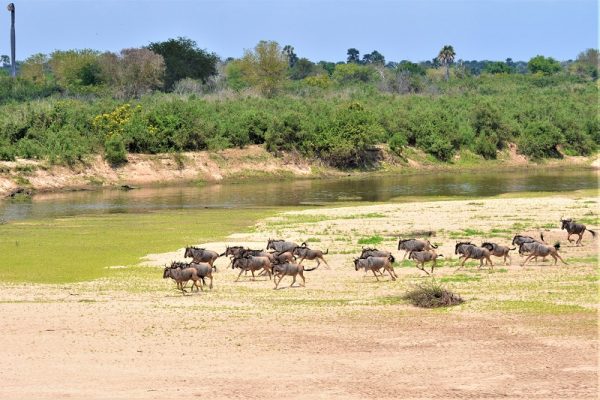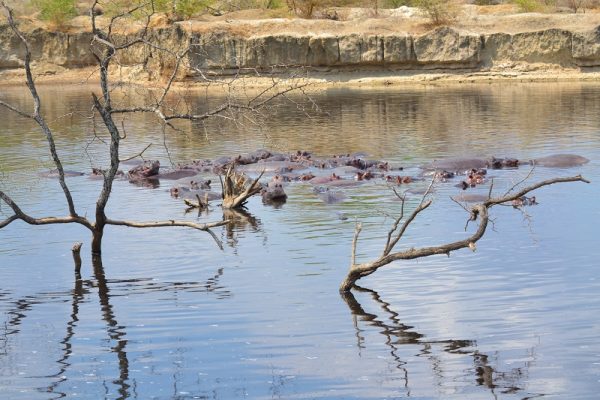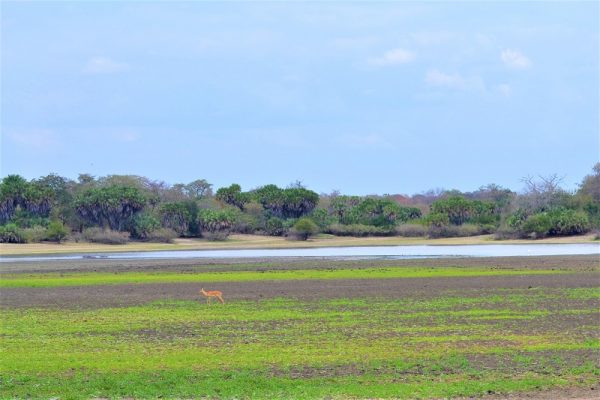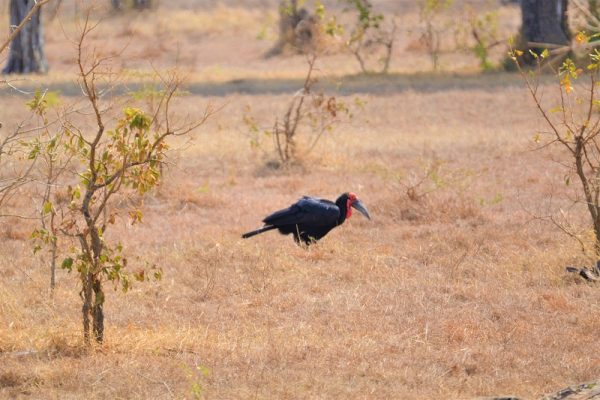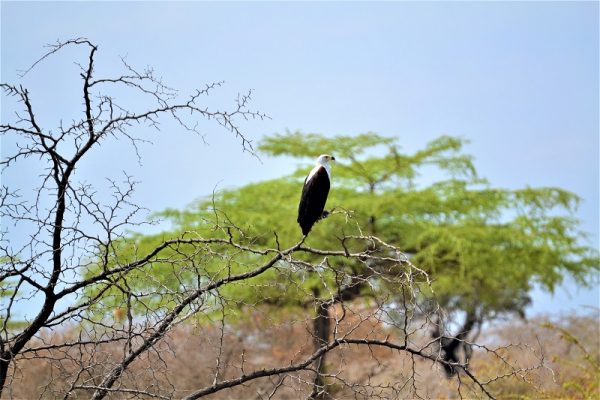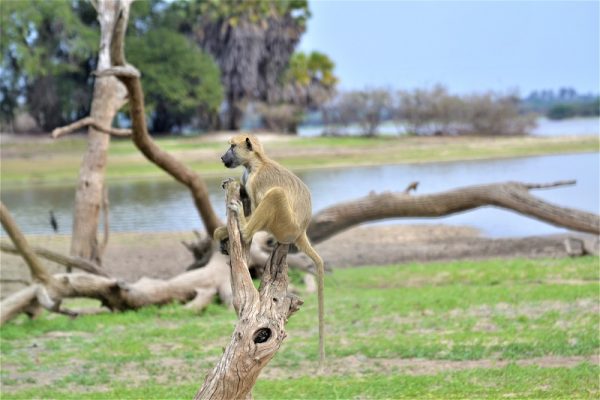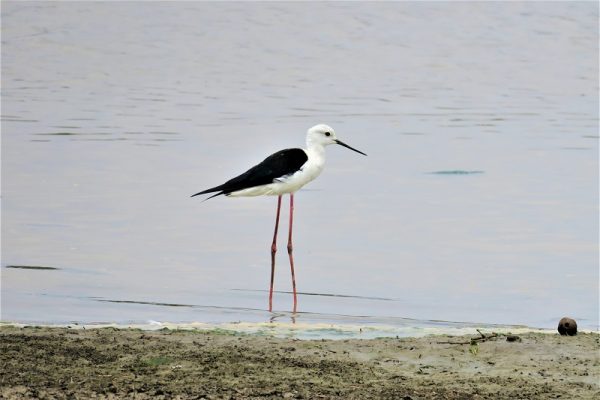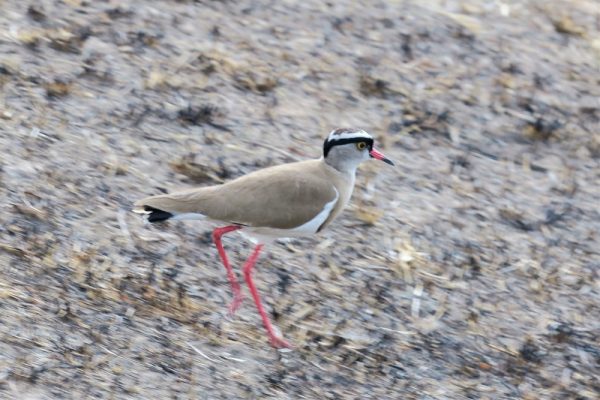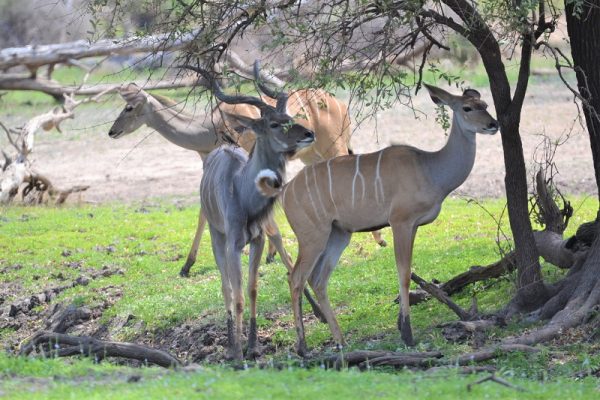Since November 2019 a large part of the Selous Game Reserve, declared a World Heritage Site by UNESCO for its biodiversity, has entered the jurisdiction of the national parks under the name of Nyerere National Park. Despite being the largest park in Africa, the safari area is very limited and is concentrated around the spectacular Rufiji River, the longest in Tanzania, which flows into the Indian Ocean. In the dry season the waterways that flow into the Rufiji are transformed into the rivers of sand that characterize the landscape of the park, along with little lakes and swamps that never dry up, despite the climate change has reduced the level of their water. The strength of the Nyerere National Park, compared to all the other parks in Tanzania, is the water, which gives life to unique landscapes: green shores where you gather an incredible amount of animals and predators, waterways with a high concentration of hippopotamuses and crocodiles. Wild nature, great variety of fauna and plants, the possibility of long safaris accompanied on foot, suggestive boat safaris make this park an exciting experience not far from the seaside destinations.
Nyerere National Park
click on the placeholder
POINT OF INTEREST IN THE PARK
The fauna in the Nyerere National Park
one of the best for sightings of
• Elephant • Wild dog • Sharpe’s grysbok
very frequent sightings of
• Lion • African Buffalo • Giraffe • Nyasa (Johnston’s) Wildebeest • Zebra • Hippopotamus • Crocodile • Nile Monitor • White-throated Monitor Lizard • Spotted Hyena • Waterbuck • Eland • Lichtenstein’s Hartebeest • Greater Kudu • Impala • Warthog • Bohor Reedbuck
probable sightings of
• Leopard • Side-striped Jackal • Natal Red Duiker • Blue Duiker • Common Duiker (grey) • Klipspringer • Oribi • Bushbuck • Suni • Slender Mongoose • Banded Mongoose • Dwarf Mongoose • Honey Badger • Vervet Monkey • Olive Baboon • Yellow Baboon • Bushbaby (Northern Lesser Galago)
very rare sightings of
• Cheetah
birdwatching
Lake species • Egyptian Goose • Marabou⚑ • African Openbill⚑⚑ • Abdim’s Stork⚑ • African Spoonbill⚑ • Hadada Ibis⚑ • White-backed Night-heron⚑ • Squacco Heron⚑ • Madagascar Pond-heron⚑⚑ • Black-headed Heron⚑ • Hamerkop⚑ • African Darter⚑ • Spotted Thick-knee • Black-winged Stilt⚑ • White-headed Lapwing⚑ • Crowned Lapwing⚑ • African Skimmer⚑⚑⚑… and several other
Other species • Common Ostrich⚑ • Vulturine Guineafowl⚑ • Red-necked Francolin⚑ • Coqui Francolin⚑ • Blue-spotted Wood-dove⚑ • Barred Long-tailed Cuckoo⚑ • Kori Bustard⚑⚑ • Pel’s Fishing-owl⚑ • Secretarybird⚑⚑ • Black-winged Kite • African Harrier-hawk⚑ • Bateleur⚑⚑ • Southern Banded Snake-eagle⚑⚑ • Black-chested Snake-eagle⚑ • White-backed Vulture⚑⚑ • Ruppell’s Vulture⚑⚑ • Lappet-faced Vulture⚑⚑ • Crowned Eagle⚑⚑ • Martial Eagle⚑⚑ • African Fish-eagle⚑ • Speckled Mousebird⚑ • Southern Ground-hornbill⚑⚑ • African Grey Hornbill⚑ • Green Woodhoopoe⚑ • Böhm’s Bee-eater⚑ • White-fronted Bee-eater⚑ (in photo) • Lilac-breasted Roller⚑ • Malachite Kingfisher⚑ • Giant Kingfisher⚑ • Grey-headed Kingfisher⚑ • Striped Kingfisher⚑ • Usambiro Barbet⚑ • White-eared Barbet⚑ • Stierling’s Woodpecker⚑ • Grey Kestrel⚑ • Dickinson’s Kestrel⚑ • Brown-necked Parrot⚑ • African Pitta⚑ • African Broadbill⚑ • Fischer’s Sparrow-lark⚑ • Rufous-naped Lark⚑ • Superb Starling⚑ • Bearded Scrub-robin⚑ • Spectacled Weaver⚑ • Kilombero Weaver⚑⚑ • Olive-headed Weaver⚑⚑ • Yellow-fronted Canary… and several other
⚑ Threatened
⚑ Tanzania endemic
⚑ Near endemic
⚑ Africa endemic
⚑ Migratory
PARK ACTIVITIES INCLUDED IN OUR SAFARIS
Safari by car: our programs provide a route that reaches all areas of the park and indicated in our map.
EXTRA ACTIVITIES IN THE PARK
Boat safaris: boat trips are a must in the park, along the Rufiji river, especially in the afternoon, to end the day with an unforgettable sunset over the water.
Safari on foot: walking safari is allowed in the park, accompanied by an armed ranger.
Entry to the National Parks in Tanzania is allowed to licensed off-road vehicles of local tour operators with a valid license. The paths of the safaris are strictly bound to the trails. The strict regulation of parks has the laudable aim of safeguarding the inestimable natural heritage and supporting the local economy. The “DIY tourism” presents many unknowns and therefore becomes difficult to practice. With us, local tour operator with Italian participation, you can realize your dream of a tailor-made safari! Contact us
For information on transit fees and park accommodation, already included in the price of our safaris, visit the Park Fees page. The system of taxation of tourism in the parks of Tanzania is the necessary contribution to the conservation of an uncontaminated and wild natural heritage, of inestimable environmental value.
For general information about all parks in Tanzania and about this park – when to go, where is it, nearby destinations – go to Parks of Tanzania page
Are you interested in Nyerere National Park? Contact us!

